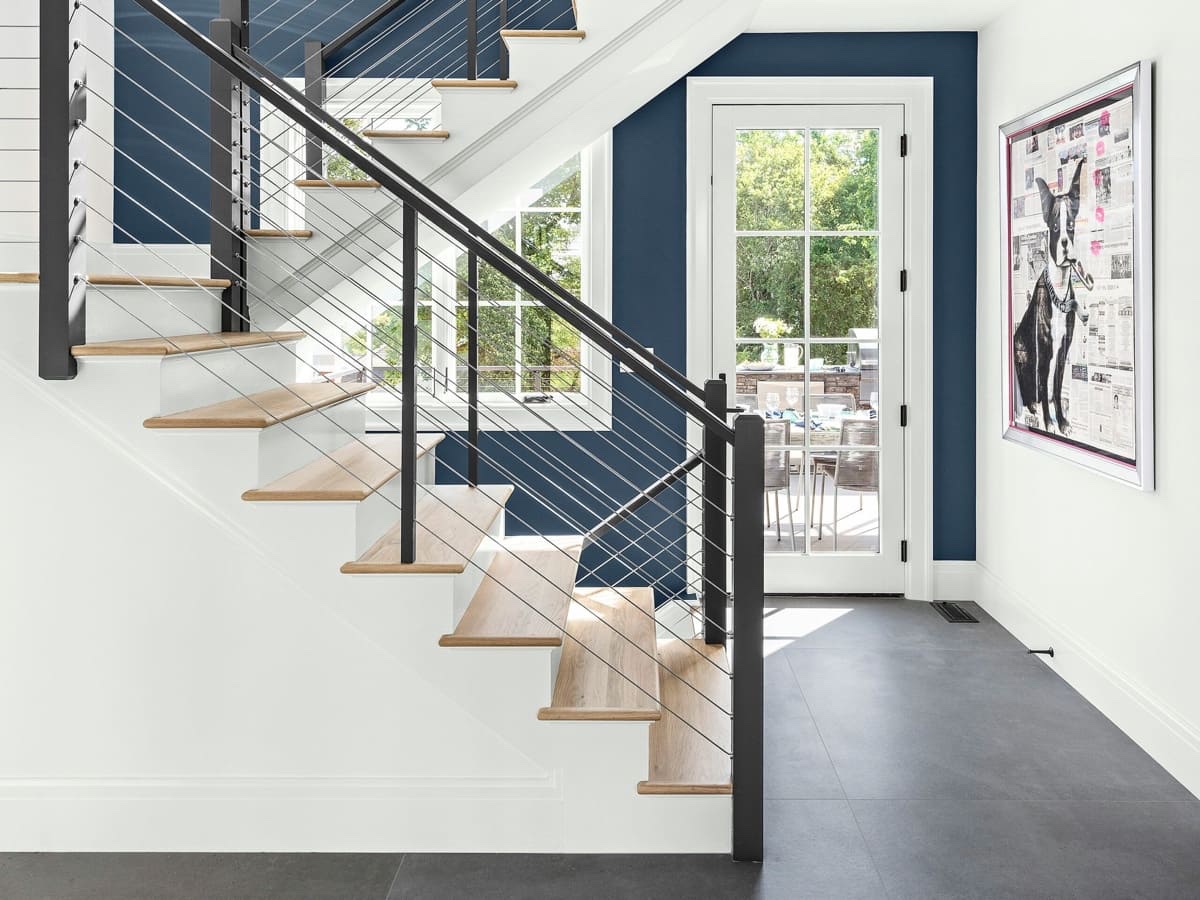

Articles
How High Is A Step On Stairs
Modified: December 7, 2023
Looking for information on how high a step on stairs typically is? Check out our articles for everything you need to know about step heights and more.
(Many of the links in this article redirect to a specific reviewed product. Your purchase of these products through affiliate links helps to generate commission for Storables.com, at no extra cost. Learn more)
Introduction
Stepping on a staircase is such a commonplace action that we often take it for granted. We climb up and down stairs multiple times a day without giving much thought to the height of each step. However, step height plays a crucial role in the overall safety and comfort of using stairs. Whether you are designing a new staircase or simply looking for a better understanding of this architectural element, knowing how high a step on stairs should be is essential.
In this article, we will delve into the details of step height, exploring the anatomy of a stair, standard measurements, factors affecting step height, recommended guidelines, and the importance of consistent step height. By the end, you will have a comprehensive understanding of the topic, empowering you to make informed decisions when it comes to stairs in your home or workplace.
So, let’s take a closer look at the fascinating world of staircase design and discover the importance of step height in maintaining safety and functionality.
Key Takeaways:
- Consistent step height is crucial for safety, comfort, and aesthetics in staircase design. Adhering to recommended guidelines and considering user needs ensures a visually appealing, safe, and accessible staircase.
- Understanding the anatomy of a stair and the factors affecting step height empowers informed decision-making in staircase design. Prioritizing consistent step height promotes safety, comfort, and ease of use for all users.
Read more: How To Replace Steps On Stairs
Understanding the Anatomy of a Stair
Before we dive into the specifics of step height, let’s first familiarize ourselves with the anatomy of a stair. A typical staircase consists of several components, each serving a unique purpose in ensuring a stable and comfortable walking experience.
The main parts of a stair include the treads, risers, nosings, stringers, and landings. The tread is the horizontal surface that we step on when ascending or descending the stairs. It provides a stable platform for our feet. The riser, on the other hand, is the vertical component that connects two treads, forming the height of each step. The nosing refers to the edge of the tread that extends slightly beyond the riser.
The stringers are the structural supports that run along the sides of the staircase, providing stability and bearing the weight of the steps. Finally, the landings are the flat areas that occur at intervals, allowing users to rest and change direction if needed.
Understanding the different components of a stair is crucial when considering step height. The height of each step is determined by the combination of the tread and riser dimensions. By analyzing these elements, we can find the ideal step height that promotes safety and comfort.
Now that we have a basic understanding of staircase anatomy, let’s explore the standard measurements and guidelines for step height in the next section.
Standard Measurements and Guidelines
When it comes to step height, there are industry standards and guidelines that help ensure the safety and compliance of staircases. These standards aim to provide a uniform and comfortable experience for users of all ages and abilities.
In most countries, including the United States, the Building Codes and Standards set forth by regulatory bodies play a significant role in establishing the minimum and maximum dimensions for step height. While the specific measurements may vary slightly depending on the jurisdiction, the general principles remain consistent.
According to the International Building Code (IBC), the maximum riser height for residential stairs is typically recommended to be no more than 7 ¾ inches (19.7 cm). However, many experts recommend a more comfortable range of 7 to 7 ½ inches (17.8 to 19 cm).
As for the minimum riser height, it is generally recommended to be no less than 4 inches (10.2 cm). Risers shorter than this may create a tripping hazard and lead to accidents.
While these measurements provide a good starting point, it is essential to consider other factors that may affect the ideal step height in a specific context. Let’s explore these factors in the next section.
Determining the Height of a Step
The height of a step on stairs, also known as the riser height, is a critical factor in ensuring the safety and comfort of staircases. Determining the appropriate step height involves considering several factors, including building codes, user demographics, and the intended purpose of the staircase.
One of the primary considerations is the building code requirements set forth by local regulatory bodies. These codes establish maximum and minimum riser height limits to ensure compliance with safety standards. It is essential to consult the relevant building codes for your area to determine the specific guidelines applicable to your project.
Another significant factor to consider is the demographics of the users. Staircases in residential properties may have different requirements compared to those in public spaces or commercial buildings. For example, a staircase primarily used by young children or elderly individuals may require lower step heights to accommodate their limited mobility and reduce the risk of tripping.
The intended purpose of the staircase also plays a role in determining step height. If the staircase is designed for heavy foot traffic or for carrying bulky items, it is advisable to have wider treads and lower risers to enhance stability and safety.
When determining the height of a step, it is crucial to strike a balance between achieving a comfortable ascent or descent and meeting safety standards. The step height should be within the acceptable range, avoiding excessively high or low risers that may cause tripping or strain on the legs.
By considering building code requirements, user demographics, and the intended purpose of the staircase, you can determine an appropriate height for the steps that promotes safety and comfort for all users.
Factors Affecting Step Height
Several factors can influence the height of a step on stairs, making it important to consider these variables when designing or evaluating a staircase. Understanding these factors will help ensure that the step height is optimal for safety and usability. Let’s explore some of the key factors below:
1. Building Codes and Regulations: The most crucial factor to consider is the building codes and regulations specific to your jurisdiction. These codes often prescribe the maximum and minimum limits for step height to ensure compliance with safety standards.
2. User Comfort and Safety: The comfort and safety of the individuals using the stairs must be taken into account. Factors such as the average height of users, their age, and any mobility limitations should be considered. Steps that are too high can be challenging to climb, especially for individuals with limited mobility or shorter stature.
3. Structural Constraints: The existing structure or space available for the staircase may impose certain limitations on the step height. It is essential to work within these constraints to ensure a stable and functional staircase.
4. Staircase Design: The design of the staircase, including the angle of inclination and the layout, can impact the ideal step height. A steep incline might require shorter risers to prevent users from feeling uncomfortable or unsafe when climbing or descending the stairs.
5. Purpose and Intended Use: The purpose of the staircase should be considered. Stairs in residential homes may have different requirements compared to those in commercial buildings, where high foot traffic or specific uses may necessitate different step heights.
6. Aesthetics and Style: While safety and functionality are paramount, the aesthetic appeal of the staircase should also be taken into account. Achieving a balance between attractiveness and safety is important for creating an inviting atmosphere in any space.
By considering these factors and striking a balance between safety, usability, and aesthetics, you can determine the ideal step height for your specific staircase design.
When measuring the height of a step on stairs, it is important to consider the standard height, which is typically around 7 inches. This measurement ensures safe and comfortable stair climbing for most individuals.
Recommended Step Height for Safety
When it comes to ensuring the safety of staircases, the height of each step plays a crucial role. While building codes provide specific limits for step height, there are generally recommended guidelines that promote safe and comfortable stair usage.
For residential stairs, the International Building Code (IBC) suggests a maximum riser height of 7 ¾ inches (19.7 cm). However, many experts recommend aiming for a more comfortable range of 7 to 7 ½ inches (17.8 to 19 cm).
While the specific measurements may vary slightly depending on local codes and regulations, it is important to prioritize the safety and comfort of the users. Steps that are too high may cause individuals to strain their legs or lose balance, leading to potential accidents. Conversely, steps that are too low may increase the risk of tripping and falling.
In addition to adhering to recommended height ranges, it is crucial to ensure consistency in step height throughout the entire staircase. Uneven or inconsistent step heights can be disorienting and increase the risk of accidents. Therefore, it is important to measure and maintain a consistent step height for each tread.
Furthermore, providing a clear and visible nosing on each step can enhance safety by improving the visibility of the edge. A nosing that extends approximately 1 inch (2.5 cm) beyond the riser can help users perceive the step more easily, reducing the chances of tripping.
It is worth noting that these recommended step heights are based on average user comfort and safety. However, it is important to consider any specific requirements based on user demographics, such as the elderly or young children, who may benefit from lower step heights to accommodate their physical abilities.
Ultimately, the recommended step height for safety is to adhere to local building codes and regulations, while also considering factors such as user comfort, consistency throughout the staircase, and the visibility of the nosing. By striking the right balance, you can create stairs that provide a safe and enjoyable experience for all users.
Common Problems with Step Height
While step height is an essential aspect of staircase design, there are several common problems that can arise if it is not properly addressed. These problems can affect the safety, comfort, and usability of the stairs. Let’s explore some of the most common issues:
1. Uneven Step Heights: Inconsistent step heights can pose a significant hazard as users can become disoriented and lose their balance. This can occur due to poor construction, settling of the floor, or improper installation of the stairs. It is crucial to regularly inspect and maintain the staircase to ensure uniform step heights.
2. Excessive Step Height: Steps that are too high can make it challenging for individuals to climb or descend the staircase comfortably. This is especially true for individuals with limited mobility, older adults, or young children. Excessive step height can strain the knees and legs, increasing the risk of falls and accidents.
3. Insufficient Step Height: Conversely, steps that are too low can lead to tripping hazards as users may catch their toes on the edge of the tread. Insufficient step height can also cause discomfort and fatigue, particularly when frequently ascending or descending the stairs. It is important to ensure that steps meet the minimum requirements for riser height to prevent tripping.
4. Inconsistent Nosing: The nosing, which is the edge of the tread, should be consistent throughout the staircase. If the nosings are not properly installed or maintained, they can create uneven surfaces and increase the risk of tripping and falling.
5. Lack of Handrails: While not directly related to step height, the absence of handrails can exacerbate problems with step height. Handrails provide stability and support, especially for individuals with physical limitations. Without handrails, users may struggle to maintain balance, particularly on steep or high steps.
6. Poor Lighting: Insufficient lighting on staircases can make it challenging for users to see the height and depth of each step. This can be particularly problematic in dimly lit areas or during nighttime. Poor lighting can significantly increase the risk of accidents and falls.
To avoid these common problems, it is crucial to carefully design and construct staircases, ensuring proper step height, consistent nosings, the presence of handrails, and adequate lighting. Regular maintenance and inspections are also necessary to address any issues promptly.
By addressing these common problems with step height, you can create a safer and more user-friendly staircase that enhances the overall functionality and aesthetics of your space.
Importance of Consistent Step Height
Consistency in step height is a critical element in staircase design, with several important reasons why it should be prioritized. Maintaining consistent step height throughout a staircase brings numerous benefits, including safety, comfort, and ease of use. Let’s explore the importance of consistent step height in more detail:
1. Safety: Consistent step height greatly enhances safety by providing users with a predictable and familiar experience. When individuals ascend or descend a staircase, they develop a rhythm and muscle memory that allows them to navigate the steps more confidently. Inconsistencies in step height can disrupt this rhythm, leading to missteps, loss of balance, and potential accidents.
2. Prevention of Tripping and Falls: Uneven step heights pose a significant tripping hazard. When users encounter varying step heights, they may misjudge the height and inadvertently trip or stumble. Maintaining a consistent step height helps prevent such misjudgments, reducing the risk of falls and injuries.
3. User Comfort: Clarity and consistency in step height contribute to a more comfortable stair climbing experience. When steps are consistently spaced, users can establish a natural stride and rhythm, reducing the strain on their legs and knees. This is particularly important for those with mobility issues or physical limitations.
4. Ease of Navigation: Consistent step height makes it easier for individuals to navigate the staircase, especially in low-light conditions or unfamiliar environments. When each step has a uniform height, users can anticipate the position and depth of the next step, allowing for smoother and more confident movement.
5. Accessibility: Ensuring a consistent step height is crucial for meeting accessibility requirements. Individuals with mobility aids, such as walkers or wheelchairs, rely on a consistent step height to navigate the stairs safely and independently. Inconsistencies in step height can create barriers and limit accessibility for individuals with disabilities.
6. Aesthetics and Visual Appeal: Consistency in step height contributes to the overall aesthetics and visual appeal of the staircase. A visually pleasing and harmonious design is achieved when all steps are aligned and evenly spaced. This enhances the overall appearance of the staircase, making it an attractive feature in any space.
Consistency in step height is essential for promoting safety, comfort, and ease of use. By prioritizing this aspect in staircase design and construction, you can create a user-friendly and visually appealing staircase that enhances the overall functionality and aesthetics of your space.
Conclusion
In conclusion, the height of a step on stairs is a critical factor that greatly impacts the safety, comfort, and usability of staircases. Understanding the anatomy of a stair, including the treads, risers, and nosings, provides a foundation for comprehending step height and its importance.
Standard measurements and guidelines, established by building codes and regulations, help ensure that step height remains within acceptable limits. However, it is important to consider additional factors such as user comfort, the purpose of the staircase, and structural constraints when determining the height of each step.
Maintaining a consistent step height throughout the entire staircase is crucial. Inconsistent step heights can lead to accidents, tripping hazards, and an overall uncomfortable experience for users. Additionally, the presence of handrails, proper lighting, and consistent nosings further contribute to the safety and usability of the stairs.
The importance of consistent step height cannot be understated. It promotes safety by reducing the risk of missteps and falls, improves user comfort by ensuring a predictable and familiar experience, and enhances the overall aesthetics and functionality of the staircase.
Whether you are designing a new staircase or evaluating an existing one, it is essential to prioritize consistent step height. By adhering to recommended guidelines and considering the specific needs of your users, you can create staircases that are not only visually appealing but also safe, comfortable, and accessible for all individuals.
So remember, when it comes to step height on stairs, consistency is key. Ensure a smooth and secure ascent or descent, and enjoy the peace of mind that comes with having a well-designed and carefully constructed staircase.
Frequently Asked Questions about How High Is A Step On Stairs
Was this page helpful?
At Storables.com, we guarantee accurate and reliable information. Our content, validated by Expert Board Contributors, is crafted following stringent Editorial Policies. We're committed to providing you with well-researched, expert-backed insights for all your informational needs.

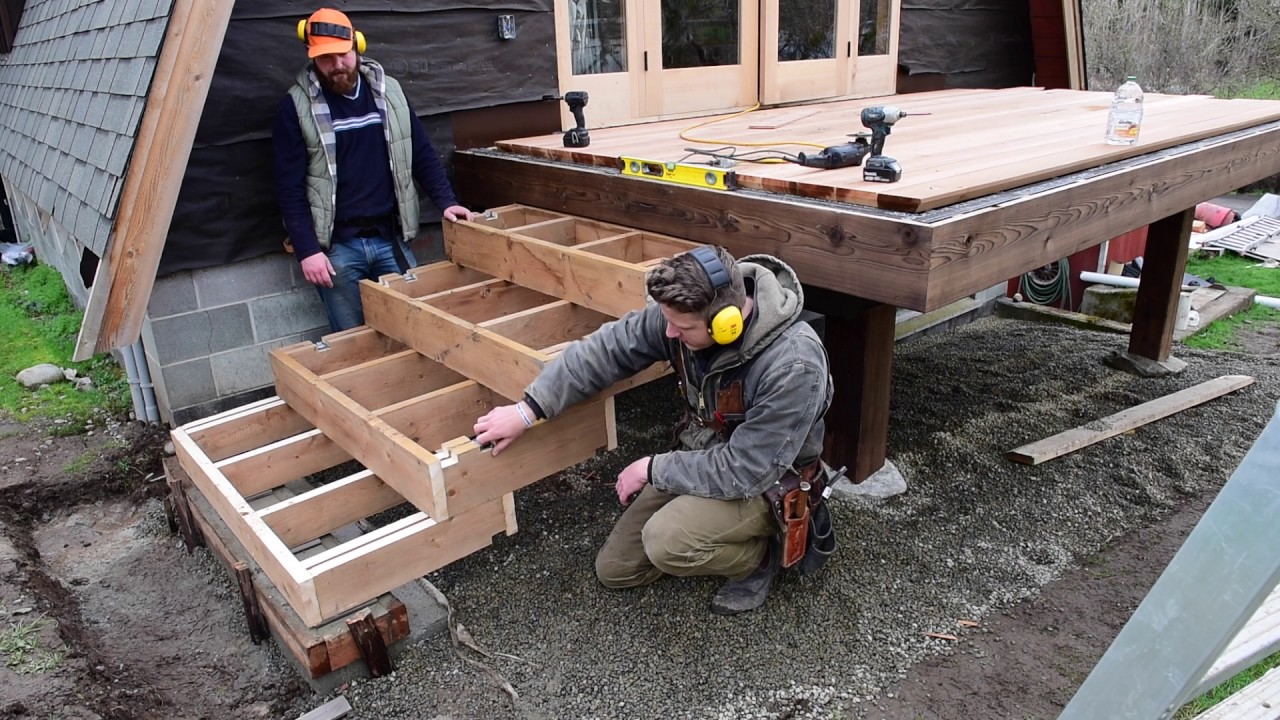
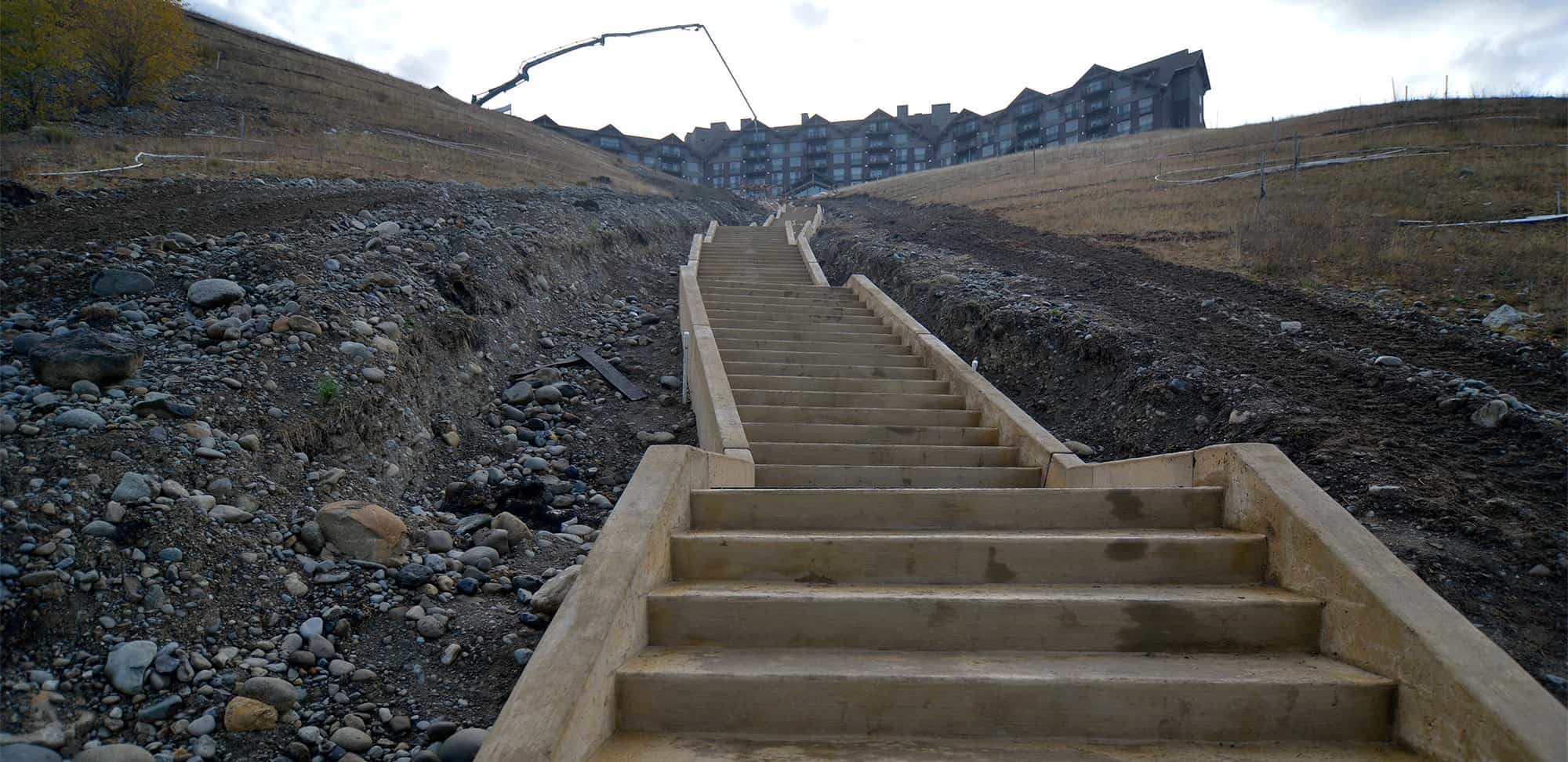

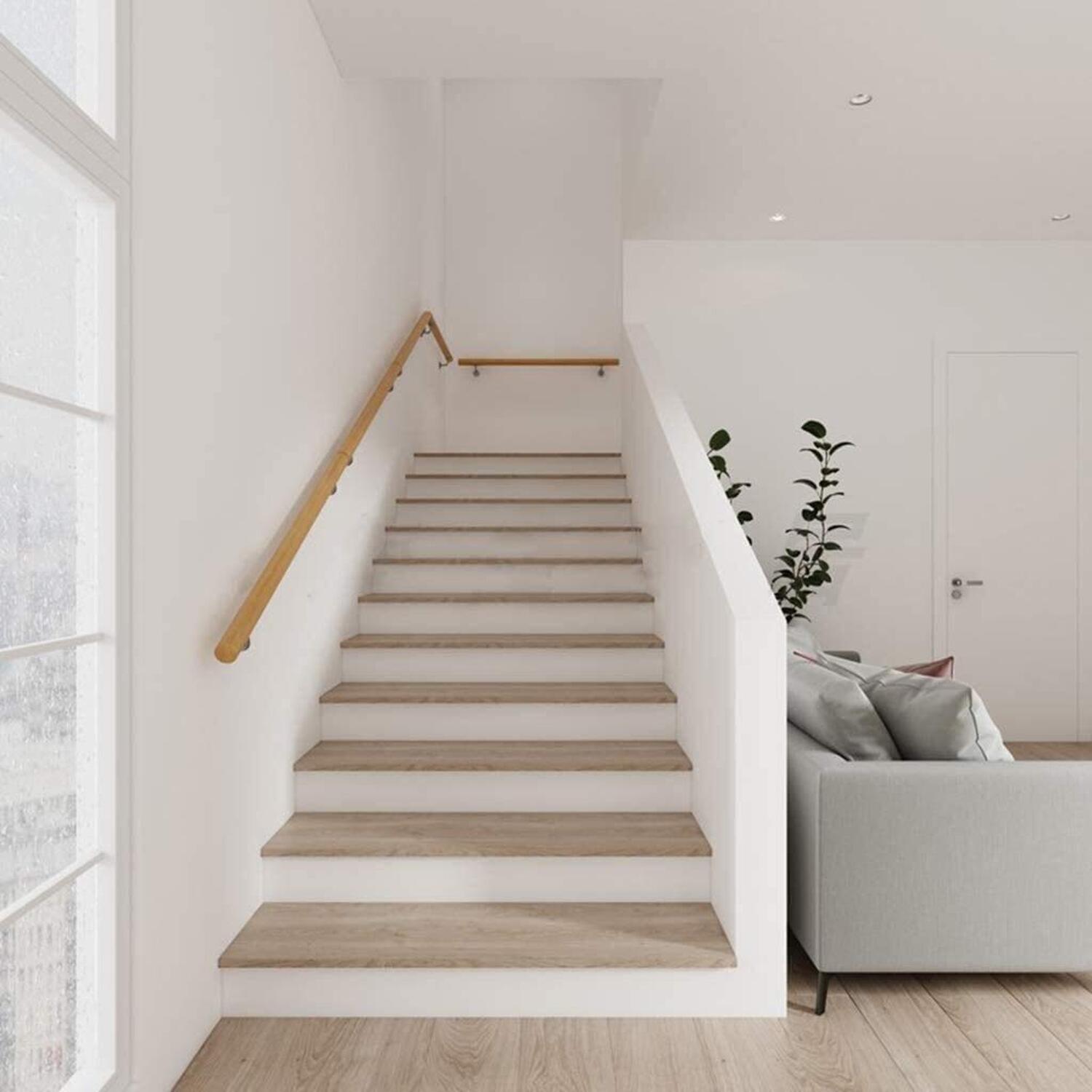
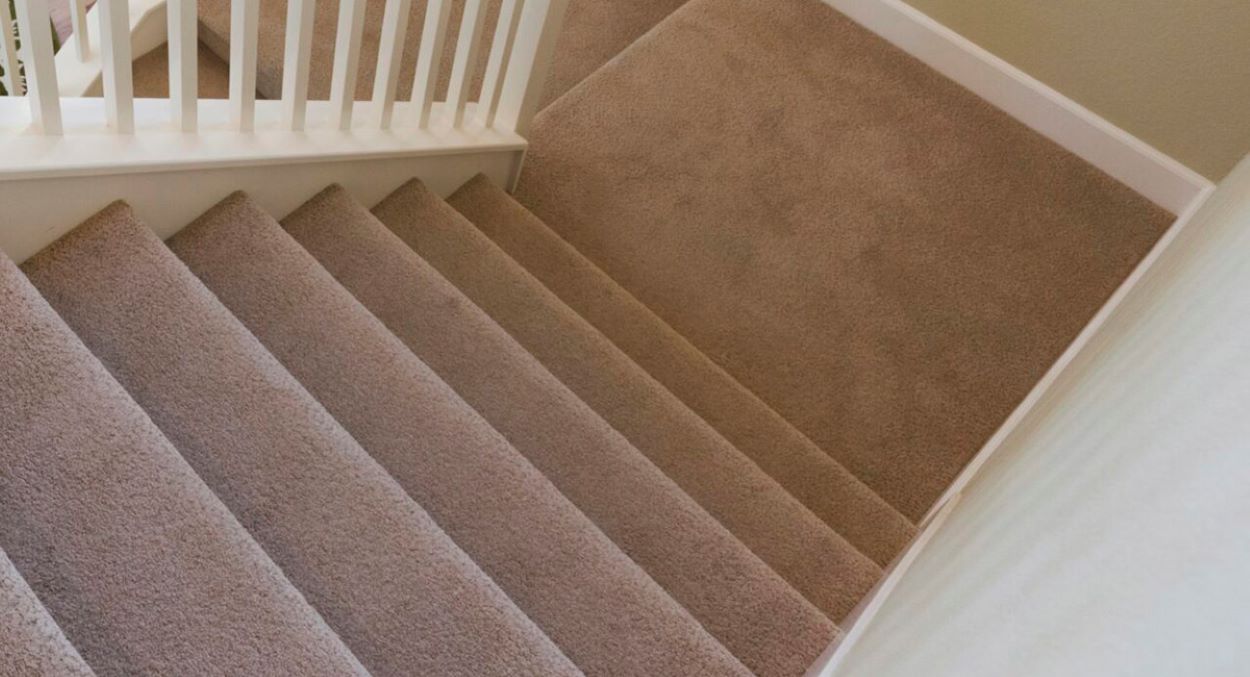
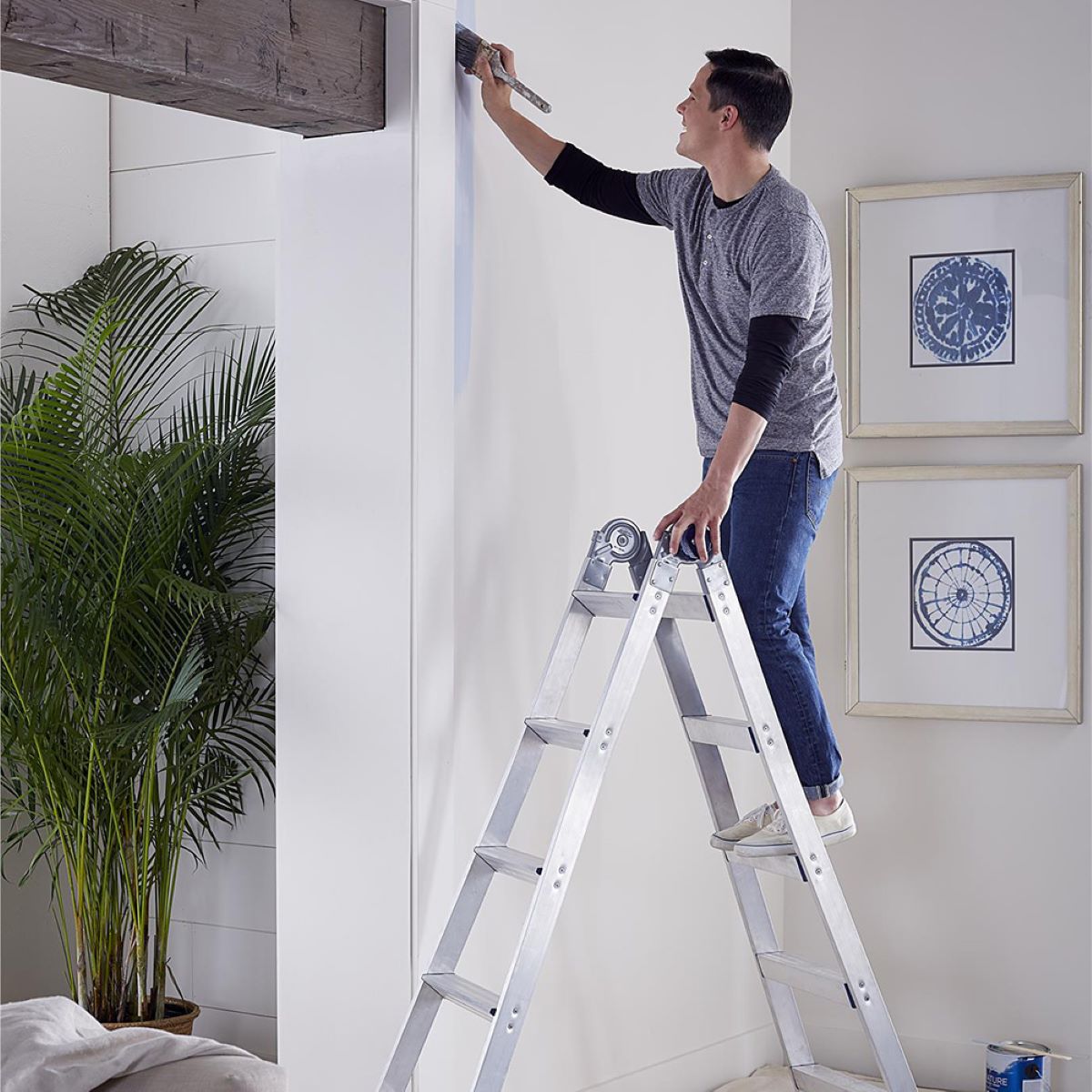



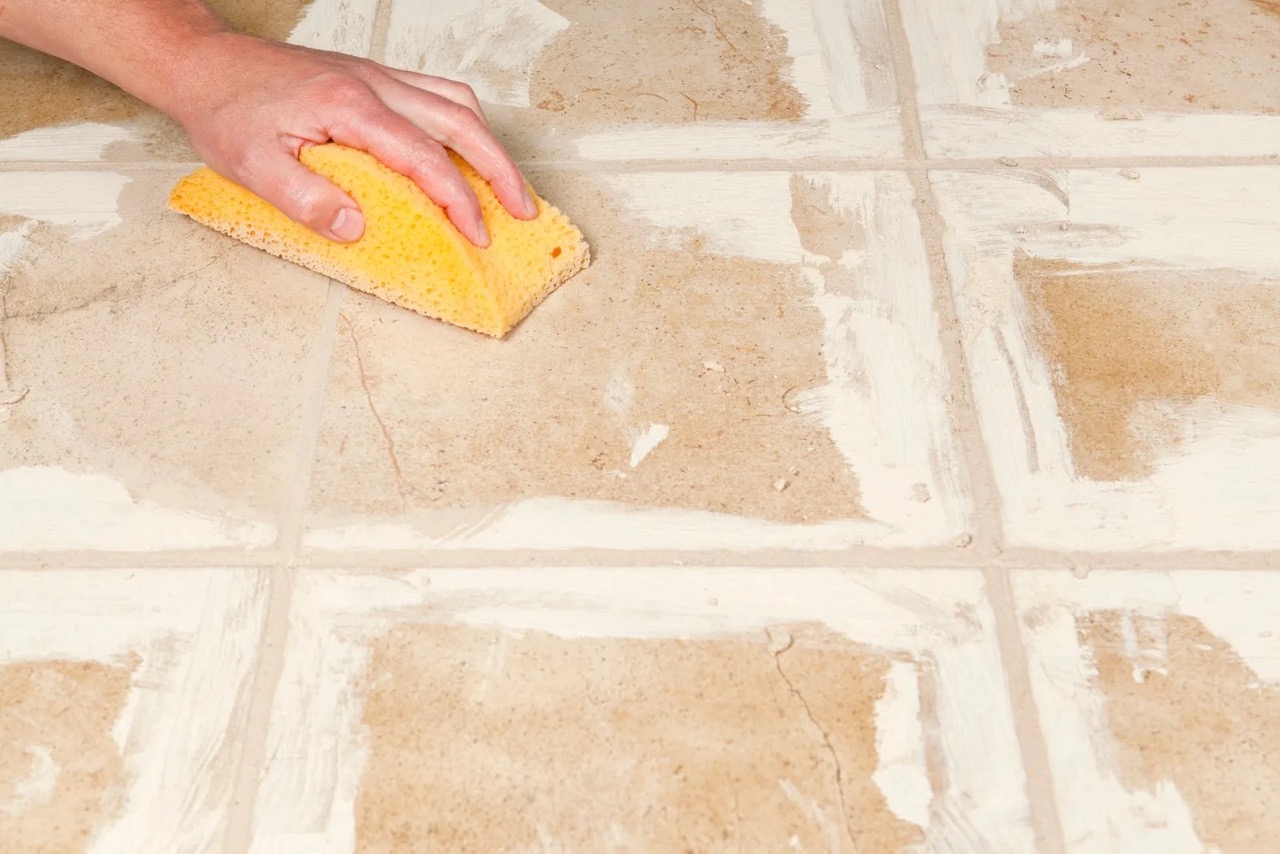
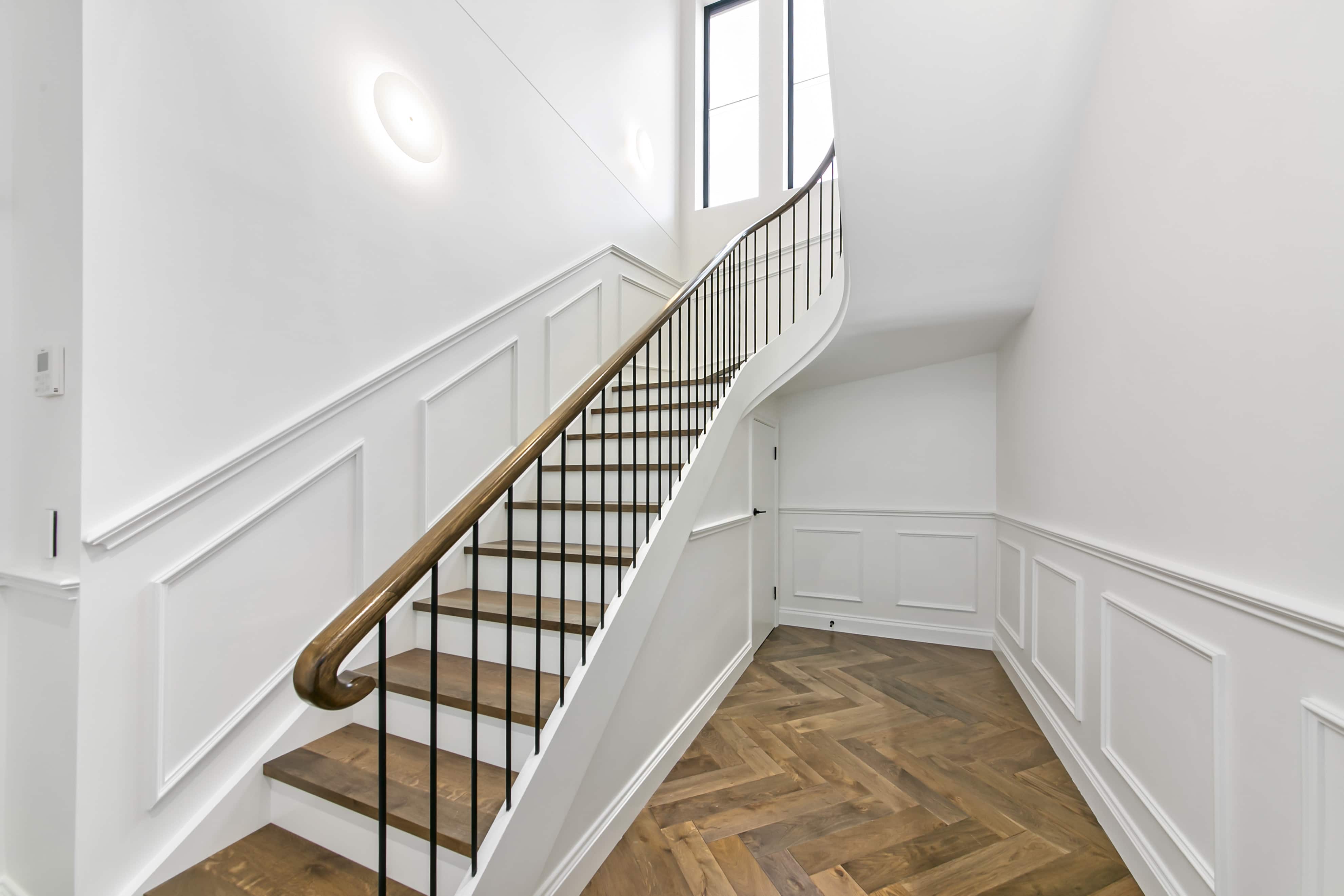



0 thoughts on “How High Is A Step On Stairs”